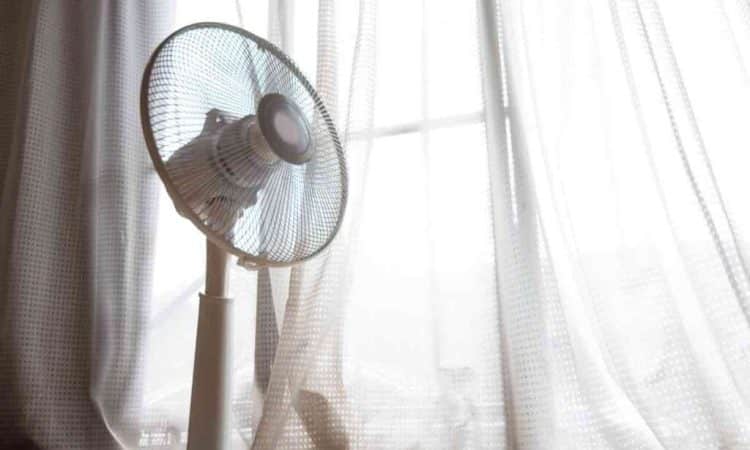
What is and how does cross-ventilation work: some details on a trick that can prove valuable
Have you ever wondered how you can cool a room and save money on your bills at the same time? Well, wonder no more! One possible solution is cross-ventilation. You can use a fan or air conditioner at a minimum or lower intensity to cool your room while also saving money on your bills. It’s a win-win!
When we talk about cross-ventilation, we refer to a solution that takes advantage of the wind and promotes the movement of air flows. The wind generates a pressure difference outside the house, and the windward side experiences a high-pressure airflow, while the low-wind side generates a low-pressure zone.
Through the opening of windows, the high-pressure air has a more direct path in the direction of the low-pressure zone, flowing through the dwelling and not just flowing around it. When the dwelling is cool enough, closing windows and curtains can ensure that the indoor air is heated more slowly. Natural ventilation for cooling requires the outside air to be cooler than the inside air.
It is possible to use air conditioning, or heat pump, and cross-ventilation together, with the result that could result in better energy efficiency at the time each window is closed, during operation. This, since windows and doors go on to generate a kind of hole, so to speak, separating indoor air from outdoor air. By going to limit the amount of air that the unit will have to cool, its work will have to be less hard than when there is the constant exchange of indoor air with outdoor air.
It is necessary in this regard to remember to close the windows every day, but it may be worth it, considering that under the right conditions one could limit or reduce the use of the air conditioner and thus save money on the bill. Natural ventilation goes best with coastal and arid climates, and on the coast one could take advantage of sea breezes to cool the interior. These are places where there is a higher likelihood of significant temperature drops, at night. In other cases, however, the results are not likely to be from the same effectiveness, especially if the local climate is humid.
Cross ventilation, the weight of outdoor temperature and other things to know
A very important element for cross-ventilation and its effectiveness is related to the outside temperature, that is, its increase. Keeping windows open all the time in the daytime could bring warm air into the house and make things more difficult for the air conditioner.
Bringing a cross breeze to life is not easy, and passive ventilation may work best where the wind blows directly into a window and through the house in a straight line. Any obstructions can affect it, with cold air picking up as much heat as it tries to flow into an adjacent house.
To generate cross-ventilation, a fan could be used, via the exhaust ventilation method, which employs the single fan that pushes air outdoors to the opposite side of the house from which you want the air to enter. However, the air may not be moved fast enough, especially in large dwellings, but in this regard another inlet fan could be used at the other window, so as to give rise to balanced ventilation.
These, some general and concise details on the subject, which is also good to investigate with experts in the field and professionals in the field, so that all doubts can be clarified, the subject expanded and more can be learned.

